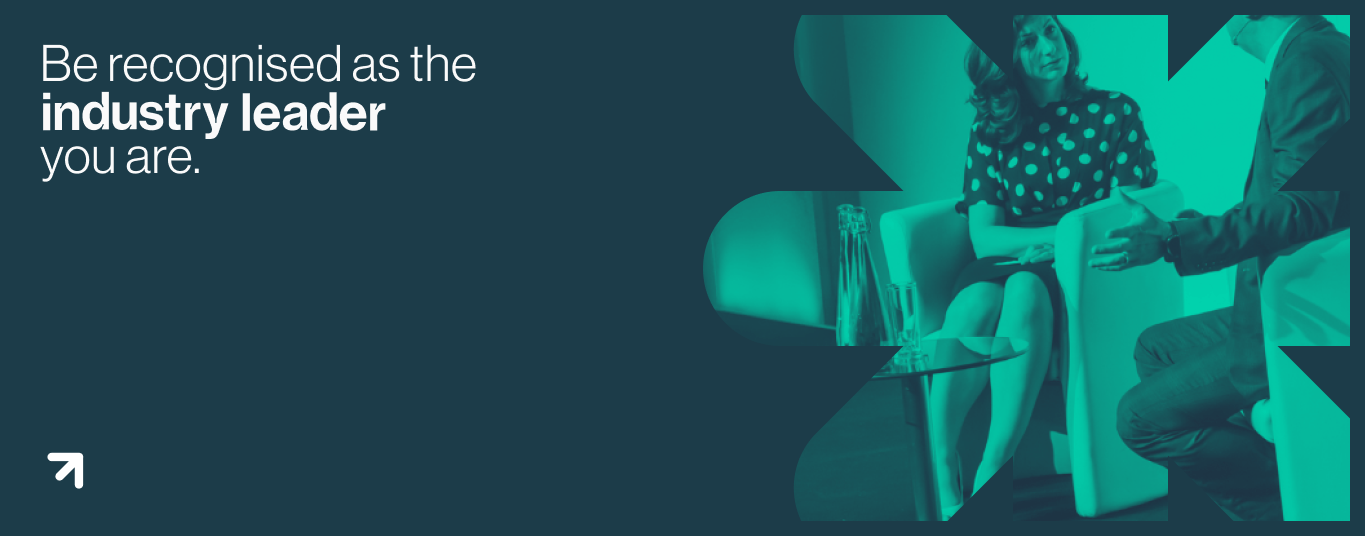
A powerful and sophisticated technique to build rapport and deepen a connection with your conversing partner is through matching and mirroring. Whilst a simple concept, being able to authentically execute it takes practise and a conscious effort, but once mastered will allow for truly compelling communications.
Hi it’s Fliss at Zen.
Welcome to this latest Insight into Language and Communication Mastery.
Today I want to talk to you about rapport and the role that rapport has in negotiation.
Now I am sure that most of you will have seen in action Hollywood blockbusters, when the FBI are called and the hostage negotiators come in. The first thing that they look to do is to build some commonality with the person that they are communicating with. And while most of our business communication conversations are less fraught and potentially have significantly less fallout if they don’t land and don’t work, actually we have a very similar approach.
It’s really important that we find that common ground as the basis for any relationship. A really useful way to develop rapport is to follow the neuro-linguistic programming (NLP) device of matching and mirroring. Now a lot of rapport is generated not through what we say, but by how we say it, how we show up, our body language, our tempo of voice, our tone. All of the other stuff that’s going on - and matching and mirroring is around you recognising what’s going on for the person that you’re speaking and negotiating with, and matching and mirroring them.
Now the most obvious, and those you would want to match with in the first minute or two of any conversation, the level of enthusiasm is hugely important. As someone who is really passionate, I talk quickly - and when I’m enthused and I’m empowered, I do lots with my hands. If I am having a conversation with someone and that person wishes to engage in rapport with me and wishes to influence me positively in some way - if they’re speaking in a very slow and very measured way, I find it frustrating. I just want to shake them and get some life back into them.
It’s not the best way to communicate with me. Bring your enthusiasm up to that next level. Speak quicker and with more energy.
I have a very lyrical way of speaking - my voice, my intonation, and my tone will change. I speak reasonably loudly, and with some musicality. I like physicality. My body will be full, front and centre. I will be active, shoulders back and moving my hands.
So, back to matching and mirroring. Matching is where you’re doing exactly the same back, mirroring is where you’re doing the mirror opposite. So if I have my arms folded, you may have your arms folded - but rather than having the right arm over the left, you may do the left over the right, for example. What you are doing is giving non-verbal cues. A message that we are the same, that we have common ground.
Look at the enthusiasm, look at the volume of voice. Look at the pitch and the intonation. Look at the body language.
Match and mirror someone. But be careful about doing it badly. Secondhand car salesmen are the worst. They go on a one day NLP course and are taught to match and mirror, and it then becomes some kind of exercise in awkwardness. I’ve gone before now to go and get a quote for a car and the attempt at building rapport is just so obvious and it becomes painful. I find myself almost doing a 'Simon Says'. I’ll scratch my head they scratch theirs. I’ll pick a pen up, they pick a pen up. I’ll fold my arm, I watch them fold their arms. It offensive actually because what they are trying to do is get me to like them. And I know that there is no authenticity in that.
I’m not talking about just doing this. I’m talking about doing this with both sophistication and with the right intent. This is about grounding the conversation so you and the other person can both succeed. You can both win - and you do this by starting at a point at which you have common ground. So you’re not going to be doing everything that they do... they pick their cup up, you pick your cup up. But what you are going to do is stand up and face forwards - if that’s what they’re doing. Think about an interview situation where the interviewer is posed and primed and smiling and the interviewee is laid back, arms crossed, and with a bit of a face on them.
Rapport is not made by that amount of disconnect.
So that’s how I am going to leave you today. Think about rapport, think about what you can do from a matching or mirroring perspective to put someone at ease and to start to find some common ground with them.
Do follow #ZenCommsMaster for more insights. I’ve got all sorts planned for the coming few weeks and into the next few months. I can’t wait to share more.
Let me know how it lands for you and I’ll speak to you soon.
Thanks so much!

Meet the Author
As one of the UK's leading experts in the applied psychology of language, Fliss has helped Boards, leadership teams, and c-suite executives from across the world to communicate with influence, integrity, and impact. A psycholinguist, voice dialogue, and NLP Practitioner, Fliss is also trained in influence and persuasion, and behavioural psychology, and is a certified empowerment coach and trainer. Fliss heads-up The Ultimate Advantage, a dedicated language and communications mastery coaching and training consultancy, as well as Zen Communications, a successful PR and content agency. She regularly speaks on all aspects of compelling communication and is a popular podcast guest.


Download our guide to learn the five secrets to compelling communications.
Find Us
The Ultimate Advantage Ltd, Trevithick House, Stafford Park 4, Telford, TF3 3BA



